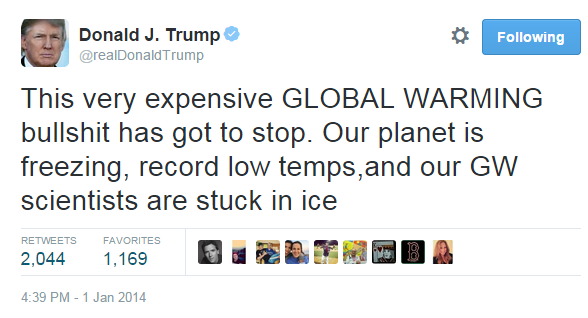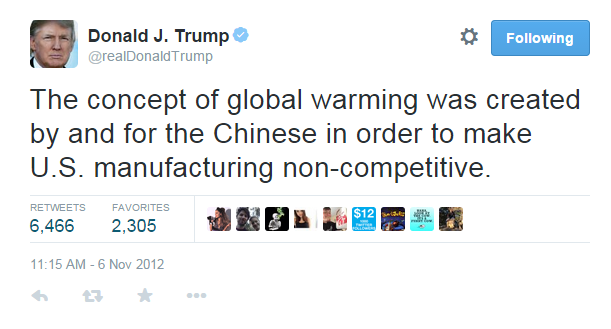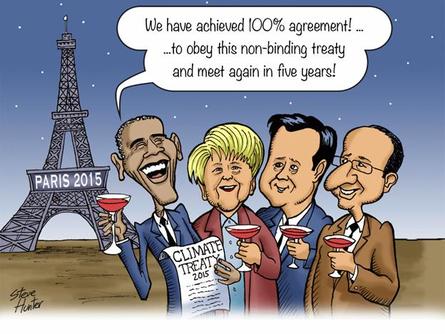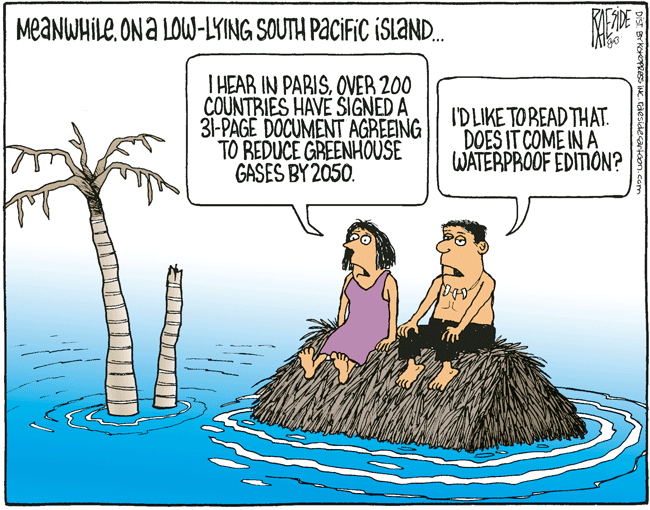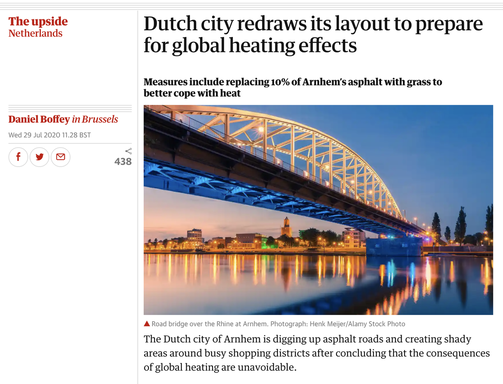-
MYP
- Home
-
IGCSE
- Course information
-
Physical: Hazardous environments
>
- Distribution of tectonic hazards
- Causes of tsunami
- Measuring earthquakes
- Earthquake case study 1: Haiti
- Earthquake case study 2: Christchurch
- Why do earthquakes do more damage in LICs than in HICs?
- How are volcanic eruptions measured?
- Tropical storms - distribution
- Causes of tropical cyclones
- Tropical cyclones - case study
- Why live in hazardous areas?
-
River Environments
>
- Hydrological cycle
- River basins
- Factors affecting river regimes
- Fluvial processes: erosion
- Fluvial processes: weathering and mass movement
- Fluvial processes: transportation and depositon
- River features and their formation
- How rivers change from source to mouth
- Uses of water
- Water pollution
- Water supply
-
IBDP
-
Changing population
>
- Global patterns of economic development
- Physical and human factors affecting global population distribution
- Case study 1: China
- Case study 2: Niger
- Demographic transition
- Megacity growth
- Forced migration and internal displacement
- Ageing populations
- Pro-natalist and anti-natalist policies
- Gender equality policies
- Trafficking policies
- The Demographic Dividend
-
Global climate vulnerability and resilience
>
- Atmospheric system
- The energy balance
- Changes in the energy balance
- The enhanced greenhouse effect
- Climate Change and the Hydrosphere, Atmosphere and Biosphere
- Impacts of climate change on people and places
- Disparities in exposure to climate change risk and vulnerability
- Government-led adaptation and mitigation strategies
- Civil society and corporate strategies
-
Global resource consumption and security
>
- Progress towards poverty reduction
- Measuring trends in global consumption
- Global patterns and trends in the availability and consumption of water
- Global patterns and trends in the availability and consumption of land/food
- Global patterns and trends in the availability and consumption of energy
- Water food and energy nexus
- Recycling and waste
- Malthus vs Boserup
- Resource Stewardship strategies
- Sustainable Development Goals
-
Freshwater - drainage basins
>
- The drainage basin as a system
- How rivers change from source to mouth
- River discharge
- River processes
- River landforms
- Factors affecting flood risk
- Attempts at flood prediction
- Flood mitigation
- Flood mitigation case studies
- Water scarcity
- Agricultural activities and water quality
- Pressures on lakes and aquifers
- Internationally shared water and conflict
- Water management: participation of local communities
- Dams as multi-purpose schemes
- Water management: Integrated Drainage Basin Management (IDBM)
- Managing wetlands
-
Leisure, Sport and Tourism
>
- Growth and purpose of leisure time
- Categories of tourism and sport
- Economic development and participation
- Factors affecting personal participation
- Factors affecting growth of tourism hotspots
- Spheres of influencee
- Factors affecting a national sports league
- Festivals
- Niche national tourism strategies
- Role of TNCs
- Tourism as a national development strategy
- International sporting events
- Consequences of unsustainable growth
- Sustainable tourism
- Future international tourism
- Political and cultural influences on sport
- Extended Essay in Geography >
- Skills/concepts >
-
Changing population
>
- Geography and ToK
- Theory of Knowledge
Subject guide
Government-led adaptation and mitigation strategies for global climate change:
- global geopolitical efforts, recognizing that the source/s of greenhouse gas emissions may be spatially distant from the countries most impacted
- carbon emissions offsetting and trading
- technology, including geo-engineering
1. What the papers say...TOK Link
Form a group of four. Each person should read one article below and be ready to feedback to the other members of your group:
Watch the video. How could this work as a RLS? What knowledge questions could be explored?
- What is the message of the article? What was the agenda of the writer?
- What first order and second order knowledge questions does it suggest to you?
- Explore these knowledge questions briefly with your group members.
Watch the video. How could this work as a RLS? What knowledge questions could be explored?
2. Climate treaties and agreements
Group investigation (with thanks to Geographypods: www.ibgeographypods.org/c-responding-to-global-climate-change.html)
Person 1 - The UN Framework Convention on Climate Change 1992
Person 2 - The Kyoto Protocol 1997
Person 3 - The Paris Agreement 2015
Use the website below and your textbook to create a Google Slides presentation which includes all of the following:
Slide 1 - Publicity photo from the event with leaders involved
Slide 2 - Objectives
Slide 3 - Who signed up? Who didn't?
Slide 4 - Successes & Failures (for the Paris agreement you should mention recent developments from Trump/USA)
Person 1 - The UN Framework Convention on Climate Change 1992
Person 2 - The Kyoto Protocol 1997
Person 3 - The Paris Agreement 2015
Use the website below and your textbook to create a Google Slides presentation which includes all of the following:
Slide 1 - Publicity photo from the event with leaders involved
Slide 2 - Objectives
Slide 3 - Who signed up? Who didn't?
Slide 4 - Successes & Failures (for the Paris agreement you should mention recent developments from Trump/USA)
|
|
|
|
|
|
3. Technology including geo-engineering
|
|
|
Video challenge
Your individual task is to create a short video clip (no more than 2 minutes in length) which will explain your allocated technological solution to climate change. Although your voice may be part of the video, it must not include your face! Your video must include the following:
Your individual task is to create a short video clip (no more than 2 minutes in length) which will explain your allocated technological solution to climate change. Although your voice may be part of the video, it must not include your face! Your video must include the following:
- The name of the approach
- An outline of how the approach would work and which aspect of climate change it would tackle and how
- The possible costs and benefits of the approach
- Your considered opinion on the potential usefulness of the approach and of geoengineering in general as an approach to tackling climate change
- Visuals which support what you say - this might include annotated photos, diagrams.
| technological_approaches_resources.pdf | |
| File Size: | 44 kb |
| File Type: | |
A. Carbon dioxide removal
a) Afforestation/reafforestation
b) Biochar
c) Geosequestration
d) Desert Greening
e) Ocean fertilisation
|
|
B. Solar reflection
a) Micro-bubbles in sea water
|
|
b) Brightening clouds
c) Orbiting solar mirrors
d) Increasing albedo
|
|
C. Reactive geoengineering approaches
|
a) Sea walls (including the creation of coral seawalls in low lying atolls)
|
b) Raising land levels in areas threatened by sea level rise and floating islands
|
|
|
|
c) Redesigning cities
4. Carbon emissions off-setting and trading
|
|
|
Use the materials above to answer the following questions:
- What is carbon trading and what is carbon offsetting? What is the difference between them?
- What are the possible benefits and problems of each?
3. The source/s of greenhouse gas emissions may be spatially distant from the countries most impacted
|
b) Watch the video on the right carefully. It is an interview with the Nicaraguan negotiator at the Paris Climate talks.
|
a) Before moving on, examine the graph on the left. How would you evaluate the success of the international climate treaties you have studied? Identify the years in which Rio, Kyoto, Copenhagen and Paris occurred - can you see any transformations/changes in the graph of global emissions? |
|
c) Now read the article on the left.
|
